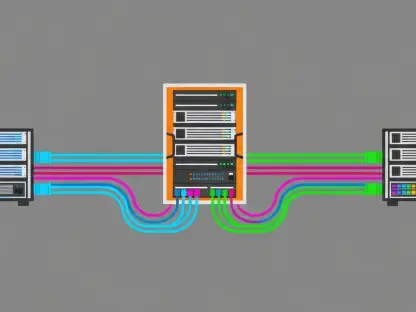A rare federal alert jolted the security community by naming mobile messaging apps as a prime target for sophisticated spyware, signaling that everyday chats have become conduits for deep device compromise and quiet data theft that can ripple across institutions. The warning landed alongside updated mobile guidance intended to match a threat that no longer hinges on careless clicks. Instead, attackers now lean on zero-click exploits, QR-code pairing tricks, and counterfeit updates for trusted apps.
This FAQ explores what changed, why messaging platforms matter so much to attackers, and how policy and technical defenses are evolving. The goal is to answer pressing questions with plain guidance, surface credible examples, and connect risks to clear actions.
Readers can expect a grounded walkthrough: how operations work, who is most exposed, what CISA now recommends, and where the spyware market stands despite sanctions and lawsuits.
Key Questions or Key Topics Section
Why Are Messaging Apps Being Targeted Now?
Encrypted messengers hold high-value content—location breadcrumbs, contact graphs, media, and sensitive threads—making them efficient beachheads. Unlike email, phone messaging sits at the heart of authentication, travel, and professional coordination, so compromise yields both data and control.
Attackers exploit that centrality with lower-friction methods. Zero-click chains abuse parsing bugs while users sleep; QR-code pairing silently links a victim’s account to an attacker’s workstation; fake “upgrade” apps impersonate WhatsApp or Signal to harvest tokens and permissions. Each path minimizes user suspicion and maximizes payoff.
Who Is Being Targeted, and Why Does It Matter?
Operations increasingly rely on commercial spyware, often supplied to state-aligned customers. High-value individuals—senior officials, military leaders, and civil-society executives—offer strategic insight and access to broader networks, so one phone can unlock many doors.
Civil-society groups face outsized exposure. Limited staff and budgets mean slower patching and fewer controls, while their advocacy and investigative work make them attractive targets. Recent public reporting has shown activity across multiple regions, underscoring a global scope rather than a niche problem.
How Do These Attacks Typically Work?
Social engineering primes the pump: an urgent support message pushes a bogus update; a conference contact invites a “secure” chat; a helper link suggests fast account recovery. In parallel, stealthy delivery has advanced, with zero-click exploits removing the need for any tap at all.
Once inside, attackers seek persistence and expansion. Messaging access becomes a launchpad for device takeover: microphone activation, photo scraping, cloud token theft, and install of secondary payloads. The result is durable surveillance cloaked within normal app behavior.
What Is CISA Recommending Now?
CISA consolidated research and media reporting to clarify scale and sophistication, broadening guidance beyond a single campaign to address a wider set of targets, including NGOs. The agency highlights practical steps: limit side-loading, separate personal and work profiles, enforce rapid OS updates, and monitor for anomalous pairing events.
Moreover, a dedicated advisory for civil society focuses on capability gaps: managed device settings, high-risk contact workflows, and fast revocation of compromised accounts. The emphasis rests on hygiene layered with detection, rather than any one silver bullet.
Are Policy and Legal Efforts Working?
Sanctions and litigation have raised costs for vendors and buyers, slowing some deals and exposing abusive use. However, the commercial spyware market remains resilient, with actors shifting infrastructure, retooling exploits, and refining delivery that blends into normal messaging traffic.
In contrast to commodity malware, these campaigns adapt quickly, so defensive success depends on sustained pressure combined with technical hardening. Progress is real, but the playing field still favors well-funded operators.
Summary or Recap
Messaging apps emerged as a core battleground because they hold rich data and sit close to identity, travel, and work flows. Attackers now prefer low-friction entry—zero-click exploits, QR-code pairing, and fake upgrades—that turn private chats into long-term surveillance.
Those at greatest risk include high-value leaders and under-resourced civil-society groups. CISA’s updated guidance stresses pragmatic controls and points NGOs to tailored advisories. Policy moves have bitten, yet the spyware market continues to adapt, keeping the threat active and global. For deeper study, review mobile threat models, platform security notes from major OS vendors, and CISA’s mobile communications guidance and civil-society advisory.
Conclusion or Final Thoughts
The evidence pointed to a clear shift: messaging apps had become strategic entry points, and spyware operators had refined delivery to minimize user friction while maximizing reach. The most effective next steps paired strict mobile hygiene with realistic playbooks—separate profiles, rapid updates, verified app sources, monitored link devices, and fast account revocation when warning signs surfaced.
Sustained countermeasures also proved essential. Organizations invested in continuous patch discipline, high-risk user education, and vetted communication channels, while policymakers maintained pressure on commercial suppliers. Taken together, these actions narrowed attack windows, raised the cost of intrusion, and set the stage for more resilient messaging practices moving forward.









